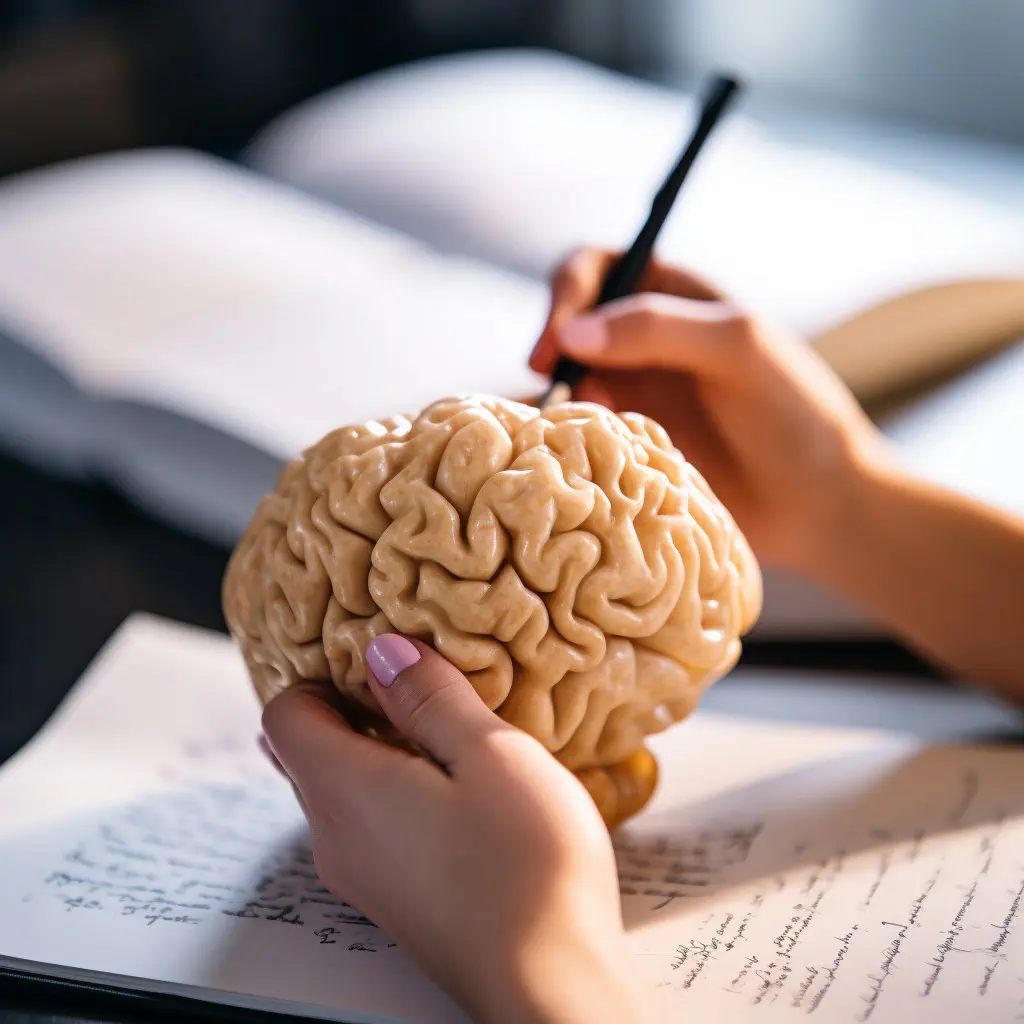
As human beings, our ability to remember things is one of the most important aspects of our existence. From learning new skills to recalling cherished memories, our memories shape who we are as individuals. However, the process of memory is complex and can be affected by a variety of factors. In this article, we will explore the science behind memory and discuss some effective techniques for retaining and retrieving information.
The Science of Memory
Memory is the process by which information is encoded, stored, and retrieved. The process of memory can be divided into three stages: sensory memory, short-term memory, and long-term memory.
Sensory Memory
Sensory memory is the first stage of memory and is responsible for briefly storing information from our senses. This type of memory only lasts for a few seconds and is not conscious. For example, when we see a picture, the image is briefly stored in our sensory memory before being processed further.
Short-term Memory
Short-term memory is the second stage of memory and is responsible for holding information in our conscious mind for a brief period of time. This type of memory is also referred to as working memory. Short-term memory has a limited capacity and can only hold a few pieces of information at a time. For example, when we are trying to remember a phone number, we may repeat the numbers to ourselves several times in order to keep them in our short-term memory.
Long-term Memory
Long-term memory is the third stage of memory and is responsible for storing information over a longer period of time. This type of memory has an unlimited capacity and can store information for days, weeks, or even years. Long-term memory can be further divided into two categories: declarative memory and procedural memory.
Declarative memory is responsible for storing information about facts and events. For example, the name of the capital of France or the date of your birthday are stored in declarative memory.
Procedural memory is responsible for storing information about how to do things. For example, riding a bike or tying your shoes are stored in procedural memory.
Techniques for Retaining Information
Now that we have a better understanding of the science behind memory, let’s discuss some effective techniques for retaining information.
Repetition
One of the most effective ways to retain information is through repetition. Repeating information several times can help move it from short-term memory to long-term memory. For example, if you are trying to memorize a list of vocabulary words, repeating the words several times can help you remember them.
Mnemonics
Mnemonics are memory aids that help you remember information by associating it with something else. Mnemonics can take many forms, such as acronyms, rhymes, or visual images. For example, to remember the order of the planets in our solar system, you could use the acronym “My Very Educated Mother Just Served Us Nine Pizzas.”
Visualization
Visualizing information can also be an effective way to remember it. Creating a mental picture of the information you are trying to remember can help move it from short-term memory to long-term memory. For example, if you are trying to remember a list of items to buy at the grocery store, you could visualize yourself walking through the store and picking up each item.
Chunking
Chunking is the process of breaking down information into smaller chunks or groups. This can make it easier to remember information, as our short-term memory can only hold a limited amount of information at a time. For example, instead of trying to remember a long string of numbers, you could break them down into groups of three or four.
Active Learning
Active learning is the process of actively engaging with the information you are trying to learn. This can include taking notes, asking questions, and participating in discussions. Active learning can help you better understand and retain information by making it more meaningful and memorable.
Techniques for Retrieving Information
In addition to retaining information, it is also important to be able to retrieve it when needed. Here are some techniques for retrieving information:
Retrieval Practice
Retrieval practice is the process of actively recalling information from memory. This can include taking practice quizzes or tests, or simply trying to recall information without looking at your notes or textbook. Retrieval practice can help strengthen your memory and make it easier to retrieve information when needed.
Spaced Repetition
Spaced repetition is the process of reviewing information at gradually increasing intervals over time. This can help reinforce your memory and make it easier to retrieve information in the future. For example, instead of cramming for a test the night before, you could study a little bit each day for a week leading up to the test.
Contextual Cues
Contextual cues are environmental or situational cues that can help trigger memories. For example, if you are trying to remember something you learned in a particular class, being in that same classroom or studying in the same environment can help trigger the memory.
Sleep
Getting enough sleep is also important for memory retention and retrieval. During sleep, our brains consolidate and strengthen memories. Getting a good night’s sleep can help improve your ability to retain and retrieve information.
Conclusion
Memory is a complex process that can be affected by a variety of factors. By understanding the science behind memory and using effective techniques for retaining and retrieving information, we can improve our ability to learn and remember new things. Whether you are a student studying for an exam or simply looking to improve your memory, these techniques can help you achieve your goals.


